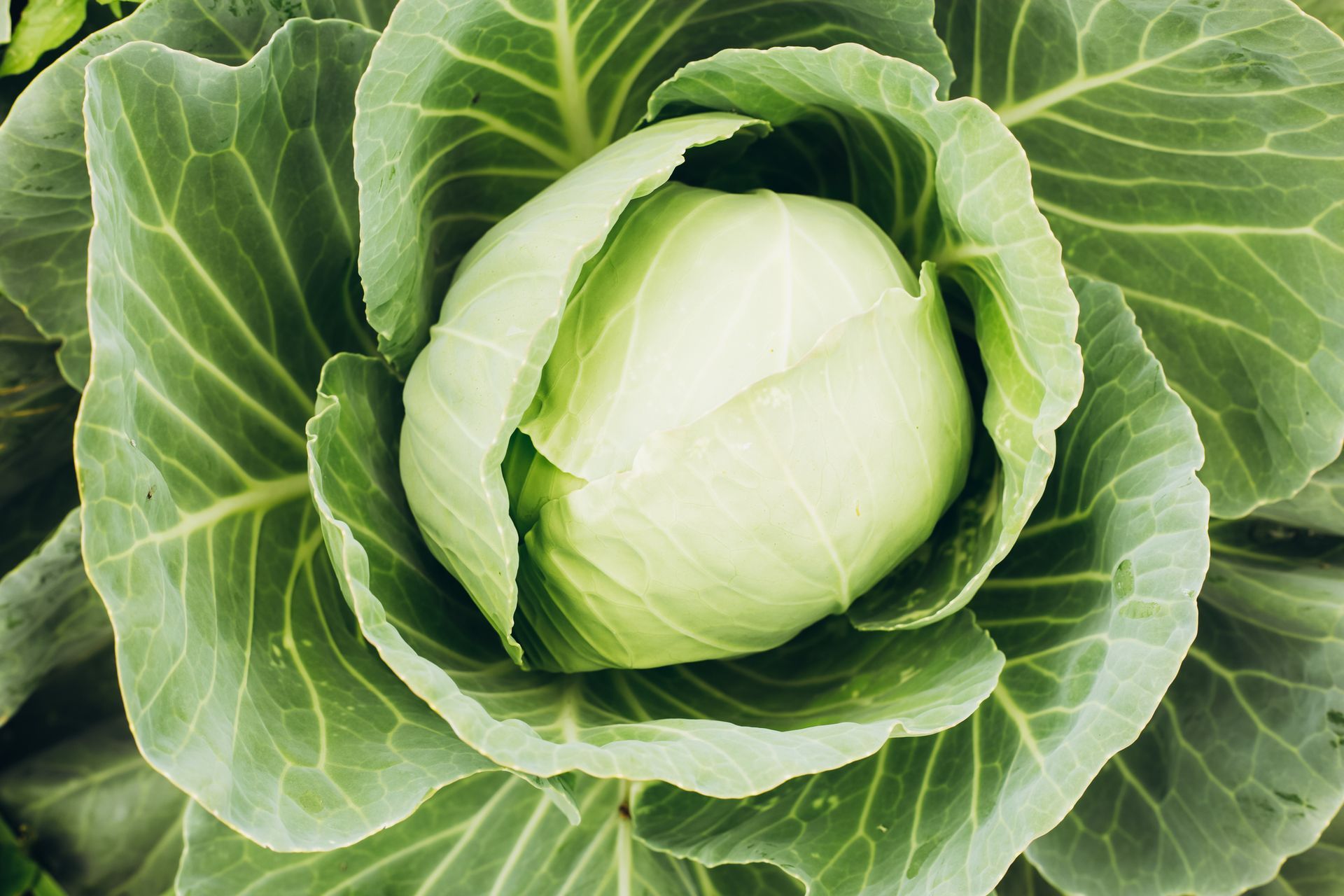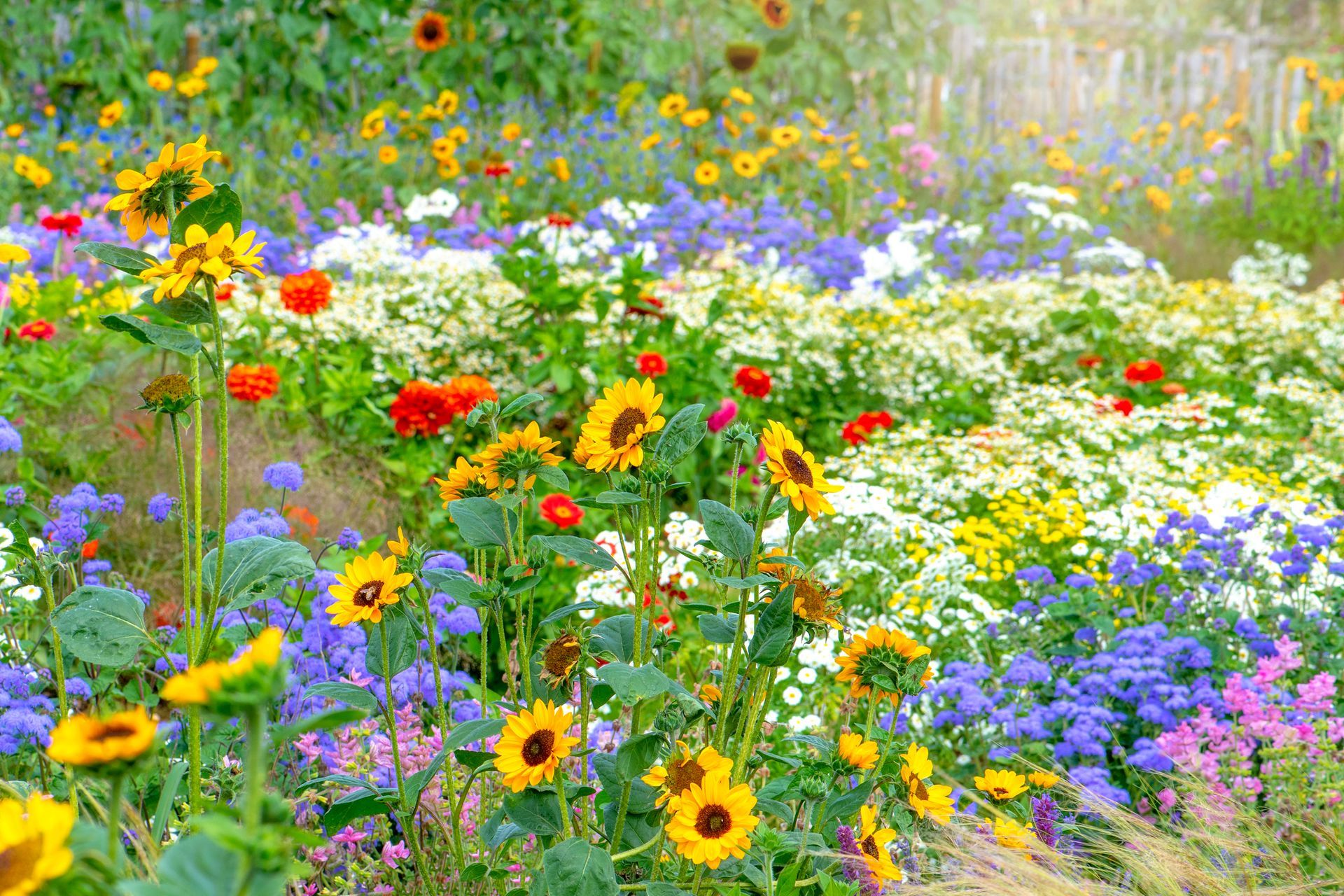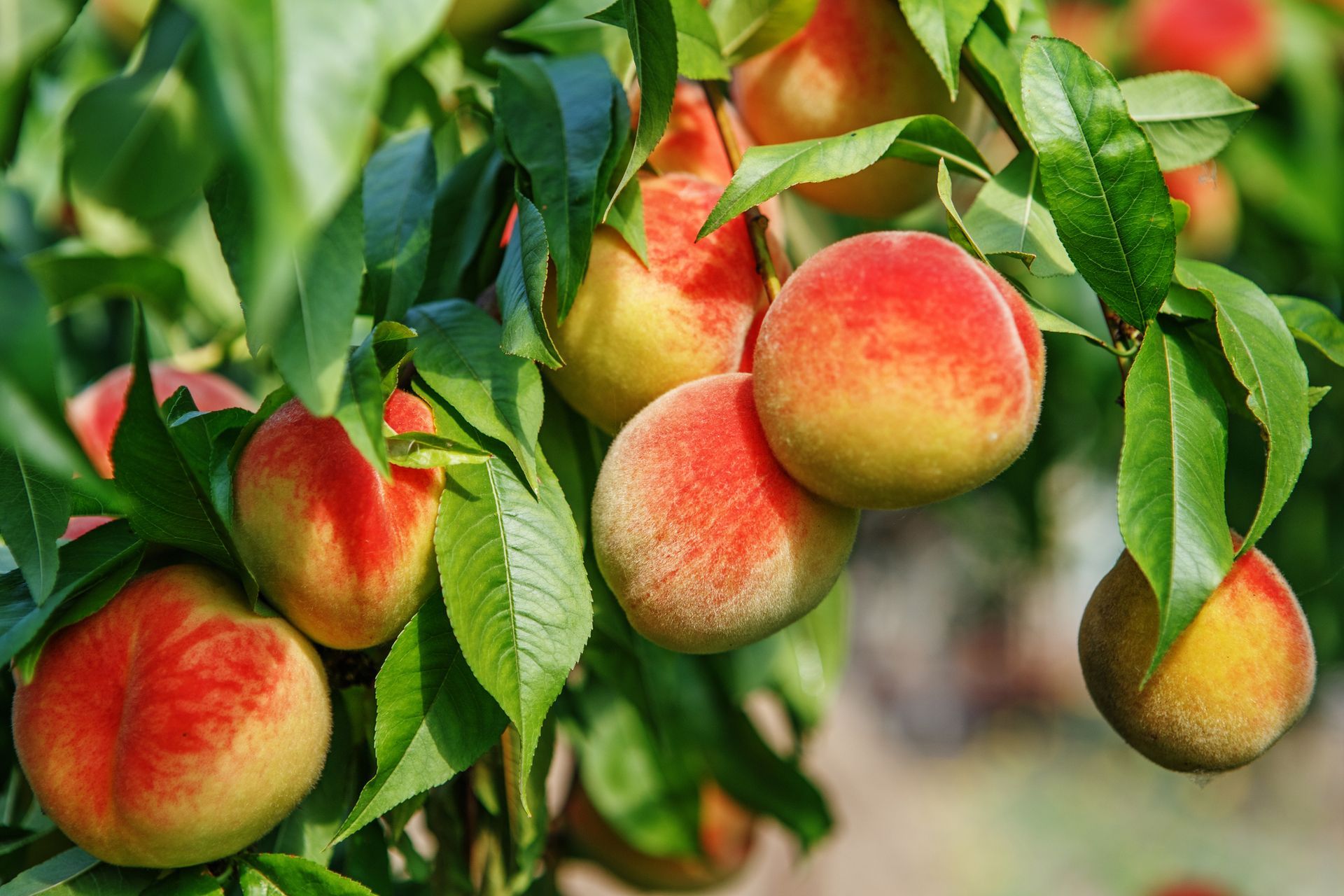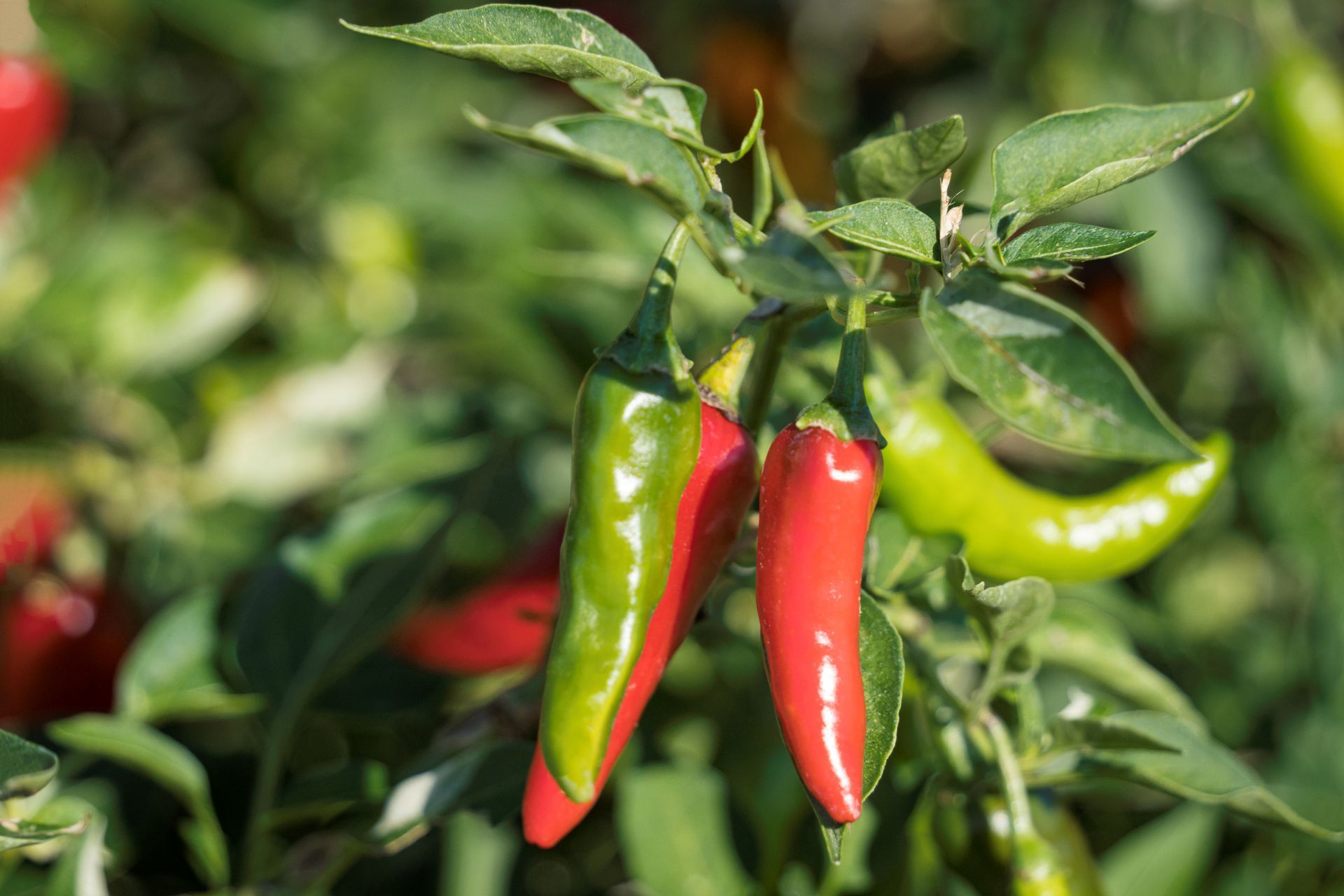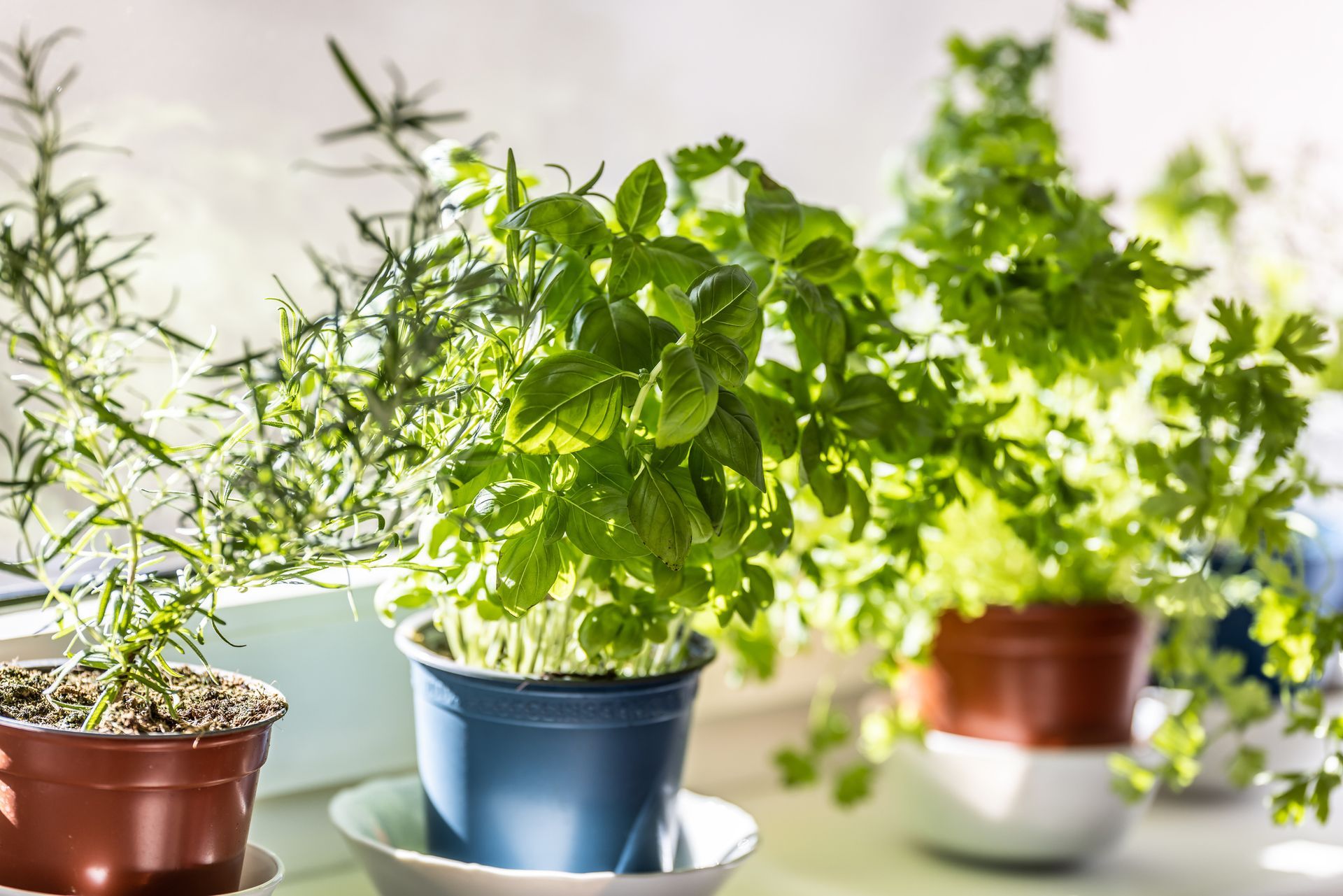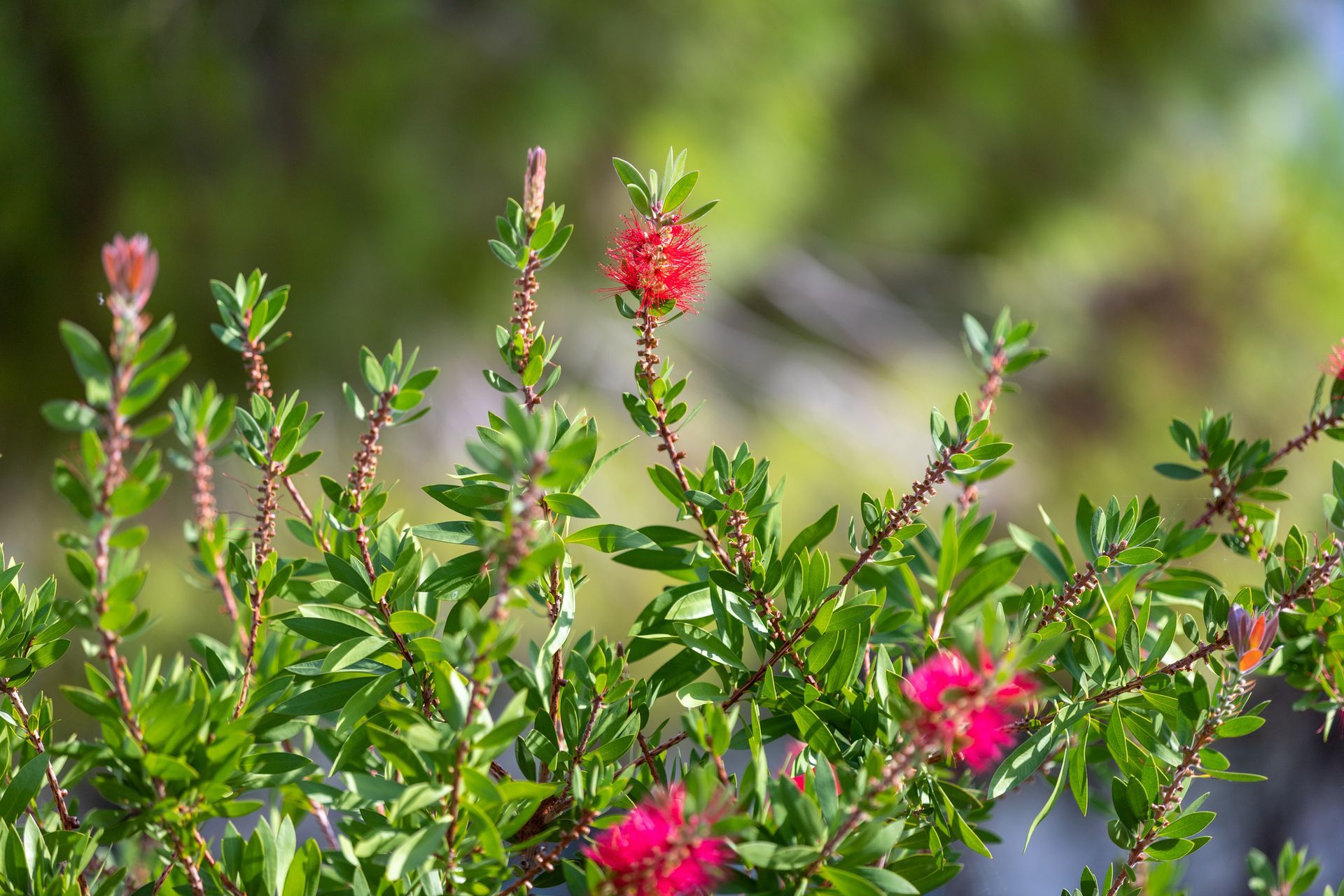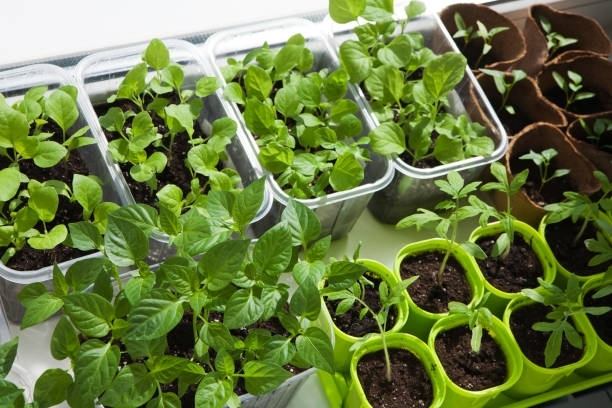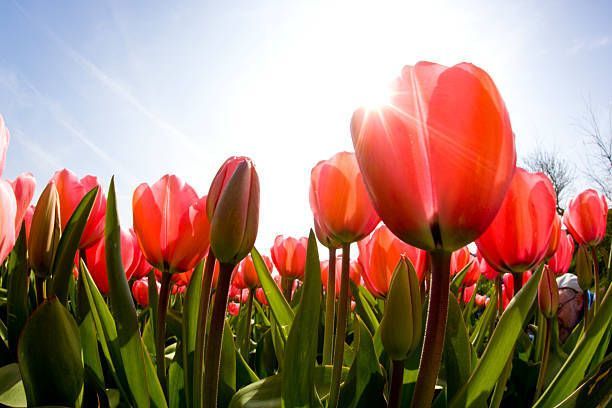Growing Strawberries
Strawberries are best planted from May-August into a sunny position with well drained friable soil mixed with organic matter that is free draining to at least 40cm.
Ensure that certified virus free runners are purchased and planted into a weed free soil that has been prepared. Commercial growers tend to use black plastic as a mulch around plants to prevent berries from touching the soil thereby encouraging fruit rot, however weedmat or layers of organic mulch such as straw or pine needles (excellent) will do much the same thing. Mulching also serves to reduce soil evaporation and increases soil temperature, thereby encouraging earlier fruiting.
Strawberries need to be kept constantly moist in summer though it should be applied slowly via drip irrigation or micro sprays. Inconsistent watering may result in cracked fruit.
Fertilising can be through either regular liquid feed (such as Tomato Food as this is high in postassium) or a slow release fertiliser (e.g. Osmocote). If planting into a well manured bed little extra feeding should be necessary apart from some trace elements, as these are almost impossible to get from manure sources.
Runners during the growing season should be removed so that the plants' energy can be directed towards fruiting. If leaves are removed after the summer crop a second crop in autumn should be obtained. Only ever grow strawberries in the same plot in the garden for 2-3 years as there will be a build up of disease in the soil, for this same reason plants should be changed every 2-3 years as they eventually succumb to viral disease and their yields will decline. Never plant strawberries into a bed where the previous crop were either capsicum or tomatoes as they tend to encourage the same fungal disease. A healthy plant should crop approximately 4 punnets of strawberries in a season. Pick in the cool of the morning when fruit is fully coloured. Keep handling of fruit to a minimum as fruit bruises easily. Strawberries will also grow successfully in pots and hanging baskets provided a good quality potting mix is used, we recommend Stoneman's Premium Potting Mix.
The main problems tend to be snails, which can be controlled with pellets or birds which will stop at nothing to eat the fruit. The only answer is to cover tightly with bird netting so they cannot burrow underneath.
Strawberry aphids can attack plants but are easily countered with Pyrethrum. The main disease problem is grey mould (Botrytis) which will rot fruit in humid weather. Applications of Mancozeb will prove effective.
Varieties:
Ichigo - Popular Japanese variety, excellent flavour. Large pale fruit.
Red Gauntlet - main commercial variety with high yields, an extended cropping season but a fairly bland taste.
Tioga - Good taste with large fruit and long fruiting season.
Sweetheart - Grown from seed. Good flavour.
Alpine - Everbearing variety, grown from seed, sweet tasting small strawberries.
Note: High levels of soil nitrogen often leads to large healthy bushes but very little fruit. If this happens apply a fertiliser high in potassium such as Manutec Tomato food the following season and trim off all leaves in mid summer.
SOME STRAWBERRY FACTS:
Throughout history gargles and mouthwashes for sore gums and mouth ulcers were made from strawberry leaves.
Dried leaves can be used as a tea substitute for those wanting to avoid caffeine.
Fresh fruit if cut and rubbed over face will whiten it and remove slight sunburn. It can also remove discoloration of the teeth if you leave juice on for 5 minutes.
